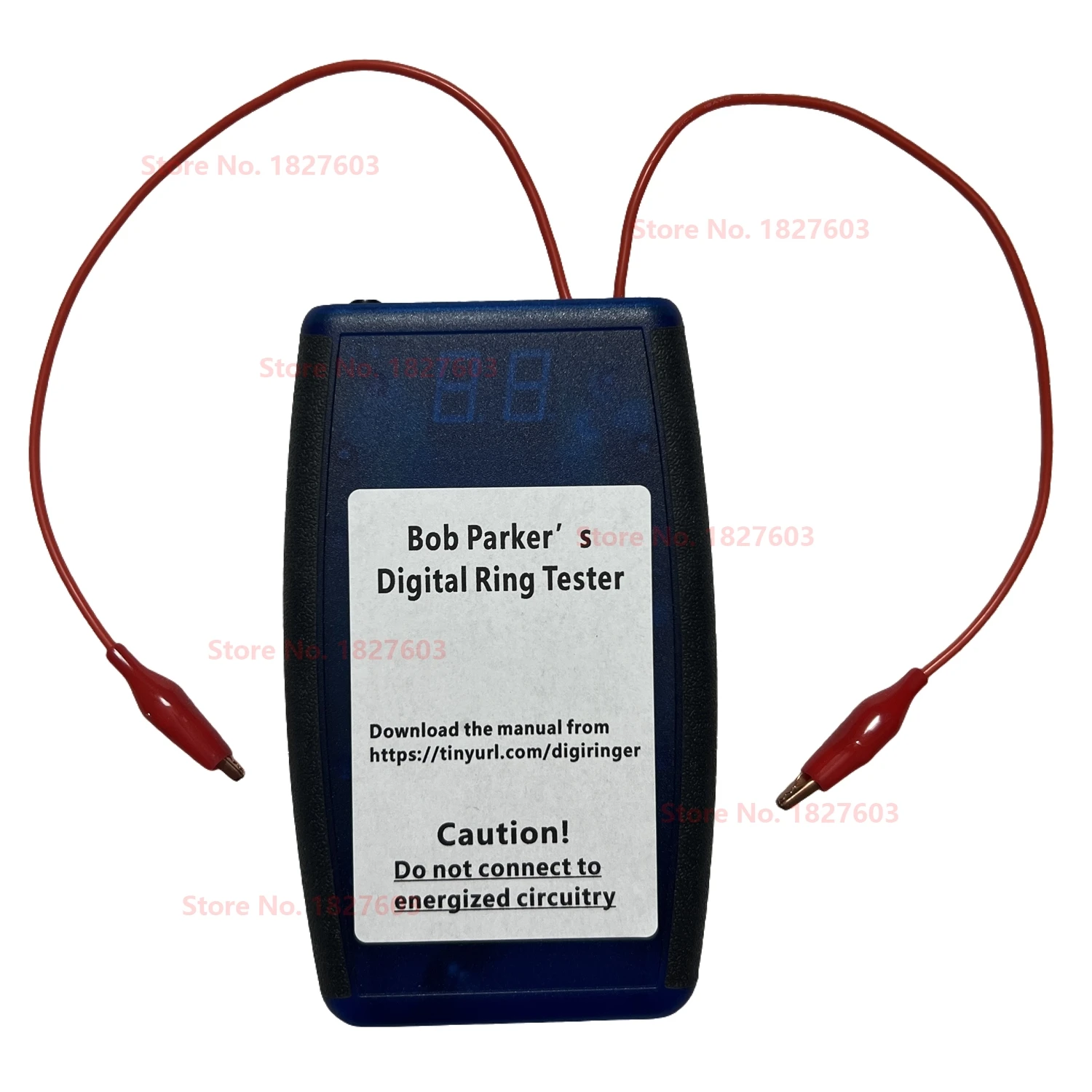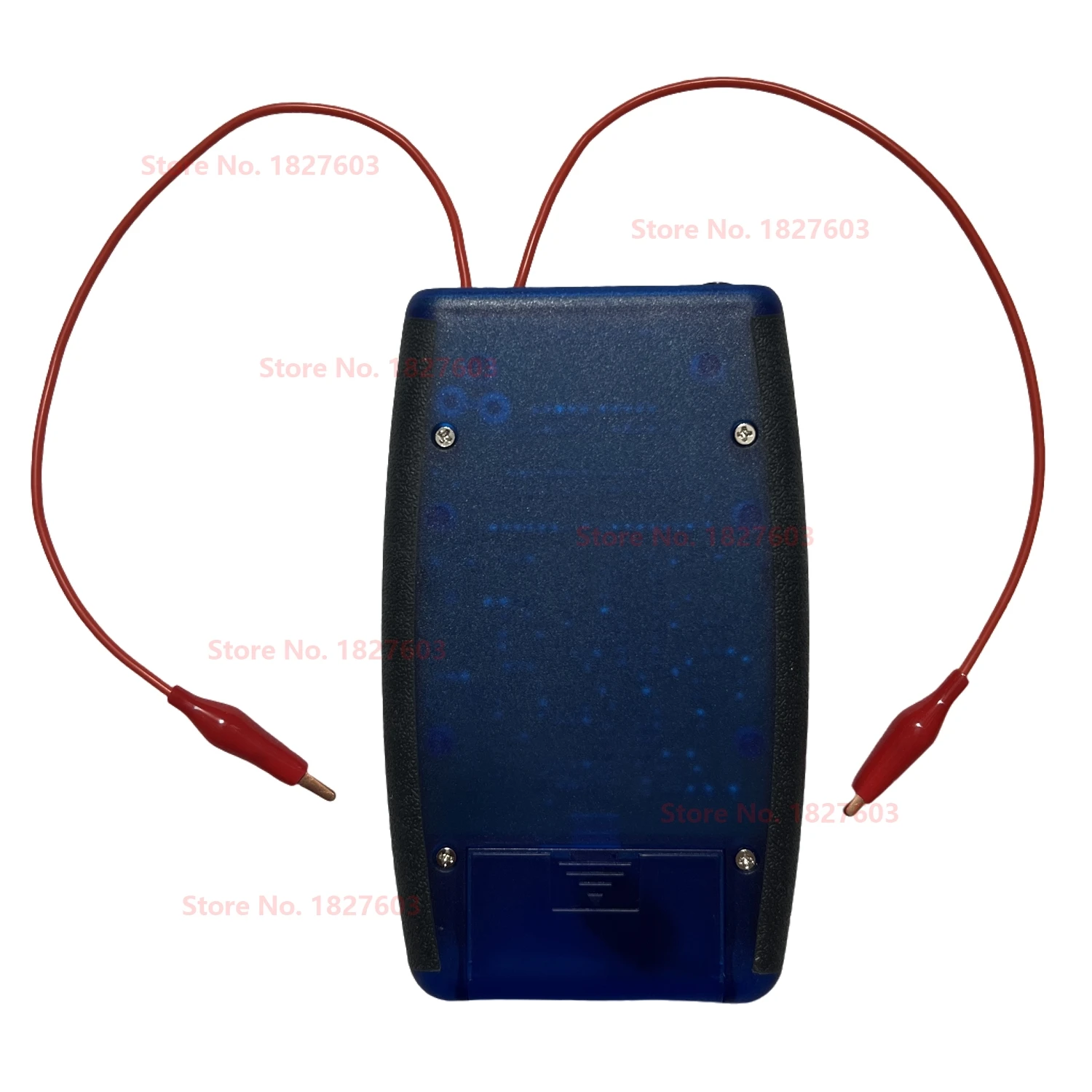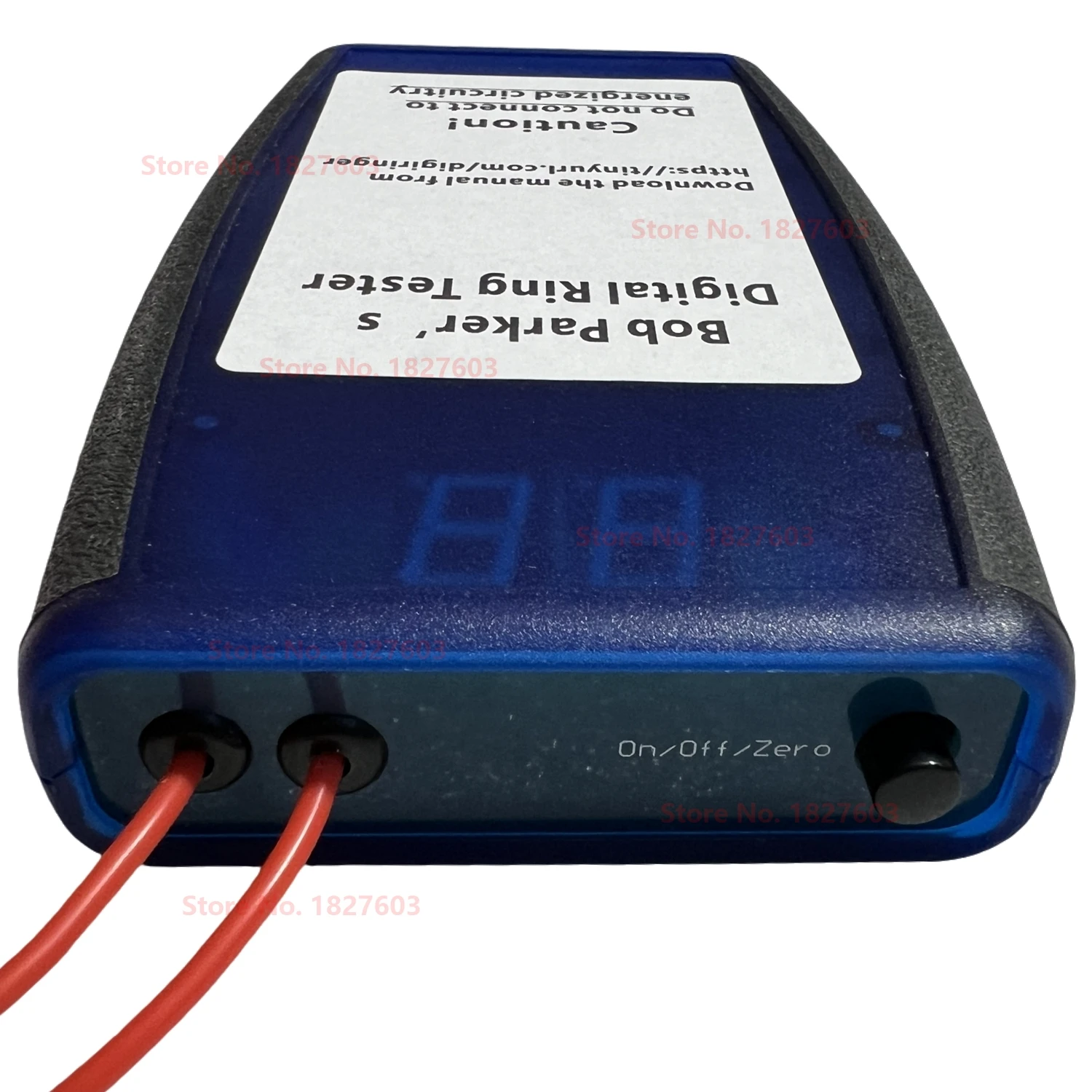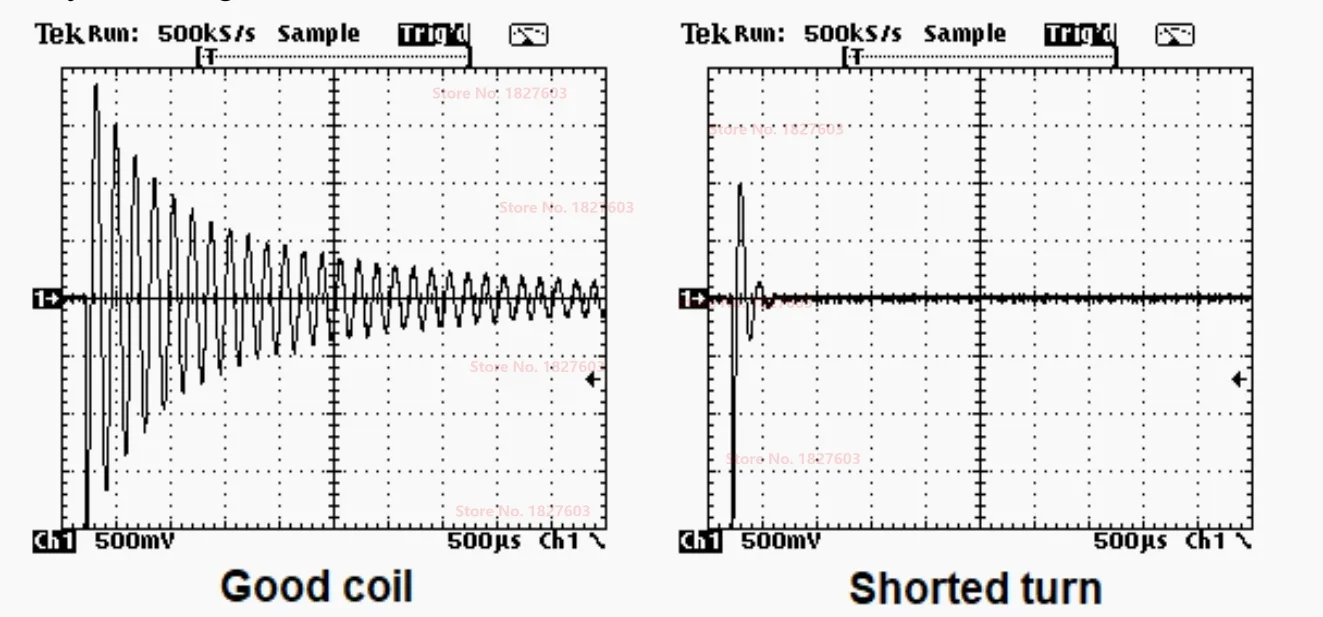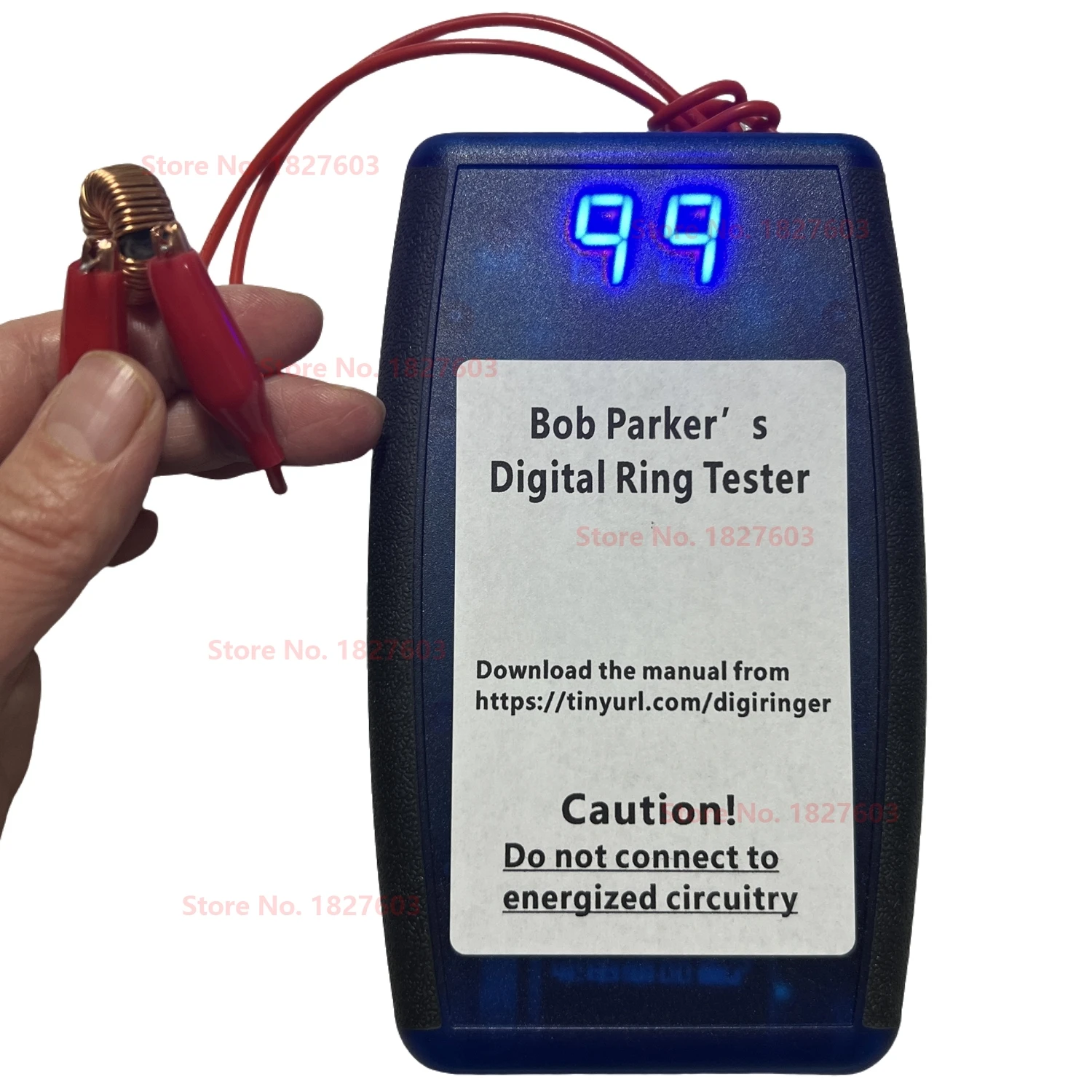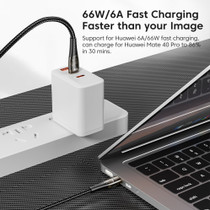
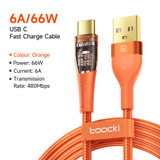

Deliver to
Columbus Free Shipping
Delivery byThursday, April 24, Order within
Free Shipping
Delivery byThursday, April 24, Order within
Shipped By: AliExpress
 Fast Delivery
Fast Delivery
 Security & Privacy
Security & Privacy
 FREE Return
FREE Return
Bob's Basic Wide Range Ring Tester for Inductors & Transformers, Comparable to Blue RingTester, CMOS ICs Please note: The picture i…
